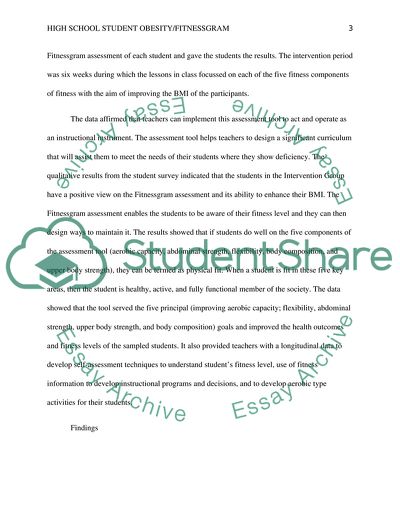Cite this document
(Childhood Obesity and Fitnessgram Assessment Report, n.d.)
Childhood Obesity and Fitnessgram Assessment Report. https://studentshare.org/health-sciences-medicine/1817189-childhood-obesity-and-fitnessgram-assessment
Childhood Obesity and Fitnessgram Assessment Report. https://studentshare.org/health-sciences-medicine/1817189-childhood-obesity-and-fitnessgram-assessment
(Childhood Obesity and Fitnessgram Assessment Report)
Childhood Obesity and Fitnessgram Assessment Report. https://studentshare.org/health-sciences-medicine/1817189-childhood-obesity-and-fitnessgram-assessment.
Childhood Obesity and Fitnessgram Assessment Report. https://studentshare.org/health-sciences-medicine/1817189-childhood-obesity-and-fitnessgram-assessment.
“Childhood Obesity and Fitnessgram Assessment Report”. https://studentshare.org/health-sciences-medicine/1817189-childhood-obesity-and-fitnessgram-assessment.


